Pronunciation:
(VER-goh)Abbreviation:
VirGenitive:
VirginisRight Ascension:
13 hoursDeclination:
0 degreesArea in Square Degrees:
1294Crosses Meridian:
9 PM, May 25Visible Between Latitudes:
80 and -80 degreesThe constellation Virgo, the maiden, can be seen in spring and summer in the northern hemisphere and in autumn and winter in the southern hemisphere. It is a very large constellation covering a total area of 1,294 square degrees. This makes it the second largest constellation in the night sky. It is located between Leo to the west and Libra to the east and can be easily found through its brightest star, Spica. It is one of the thirteen constellations of the zodiac. This means it lies along the path the Sun travels in the sky during the year. The September equinox is currently located in Virgo. This means that the Sun will be in the constellation Virgo on that date. Since the Sun passes through Virgo in mid-September, this makes it the constellation that announces the harvest.
Virgo is one of the 48 constellations first cataloged by the Greek astronomer Ptolemy in the second century. Its name means “virgin” in Latin. It is an ancient constellation. The Babylonians knew it as “The Furrow”, representing the goddess Shala’s ear of grain. In Roman times she was represented by the goddess Ceres, who was the mother of Prosperina. Her festival was in the second week of April, the same time that the constellation appears in the spring skies. She was also sometimes identified as the virgin goddess Astraea, holding the scales of justice represented by the constellation Libra. Virgo is usually depicted on charts as a maiden with angelic wings holding two ears of wheat, one of which is marked by the bright star Spica.
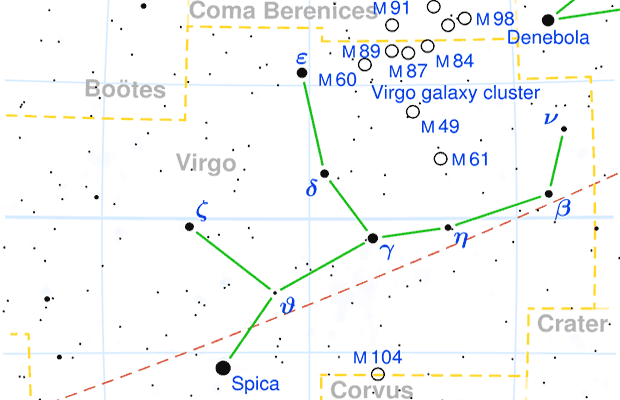
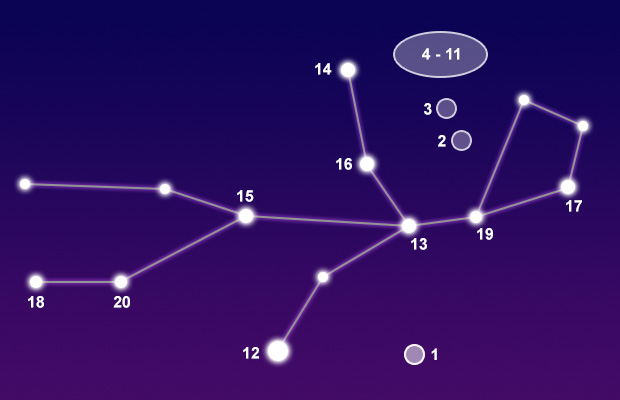
M61
M49
M58
M59
M60
M84
M86
M87
M89
M90
Spica
Porrima
Vindemiatrix
Heze
Auva
Zavijava
Rijl al Awwa
Zaniah
Syrma
N/A
N/A
N/A
N/A
N/A
N/A
N/A
N/A
N/A
N/A
"Ear of Wheat"
"Goddess of Childbirth"
"Vine Harvestress"
(Origin Unknown)
"Angle of the Barker"
"Corner of the Barking Dog"
"Foot of the Barking Dog"
"Corner"
"Train of a Garment"
Spiral Galaxy
Elliptical Galaxy
Barred Spiral Galaxy
Elliptical Galaxy
Elliptical Galaxy
Elliptical Galaxy
Elliptical Galaxy
Elliptical Galaxy
Elliptical Galaxy
Spiral Galaxy
Blue Giant Star
Binary Star System
Yellow-White Giant Star
Blue Subgiant Star
Red Giant Star
Yellow-White Dwarf Star
Blue-White Giant Star
Triple Star System
Blue-White Subgiant Star
9.70
8.40
9.70
9.60
8.80
9.10
8.90
8.60
9.80
9.50
0.98
2.74
2.83
3.38
3.40
3.61
3.88
3.89
4.07
Virgo is probably best-known for the bright star Spica. It is the brightest star in the constellation and the 15th brightest star in the night sky. With a visual magnitude of 0.98, it is a blue giant star located about 260 light years from Earth. The second brightest star is Porrima with a magnitude of 2.74. It is a binary star system that lies approximately 38 light years from our solar system. At magnitude 2.83, Vindemiatrix is the third brightest star. It is a yellow-white giant star that lies about 110 light years away.
Virgo is famous for the large cluster of galaxies known as the Virgo Cluster. This local cluster contains over 2,000 individual galaxies that represent a wide variety of shapes and types. The center of this cluster lies about 54 million light years from our solar system. There are 11 Messier objects in Virgo, all of which are galaxies. The most notable of these is M104, the Sombrero Galaxy. This edge-on spiral galaxy has a dark dust lane running across its center, giving it the appearance of a sombrero hat. M49 is an elliptical galaxy and is the brightest galaxy in the Virgo Cluster. M58 is a beautiful barred spiral galaxy and one of the brighter galaxies in the Virgo Cluster. M61 is a face-on spiral galaxy and is one of the largest galaxies in the Virgo Cluster. Other notable deep-sky objects in Virgo include the Eyes Galaxies, a pair of interacting galaxies that are colliding with each other, and the Butterfly Galaxies, another pair of interacting galaxies in the midst of a collision. With the exception of the Messier objects, most of the deep-sky objects can only be seen in large telescopes.
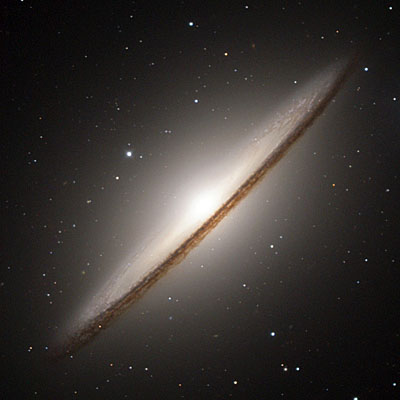
© European Southern Observatory / CC BY 4.0
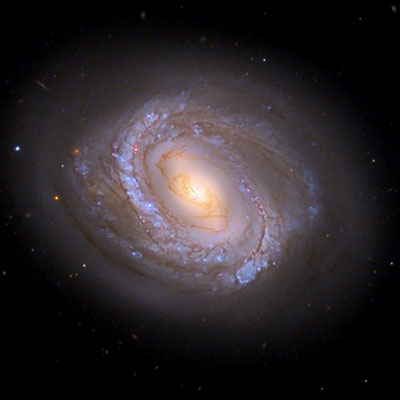
Lemmon Sky Center/University of Arizona / CC BY 3.0
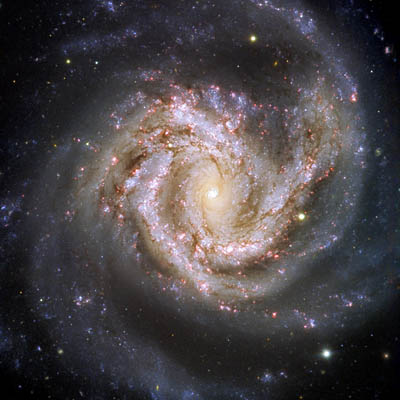
© European Southern Observatory / CC BY 4.0
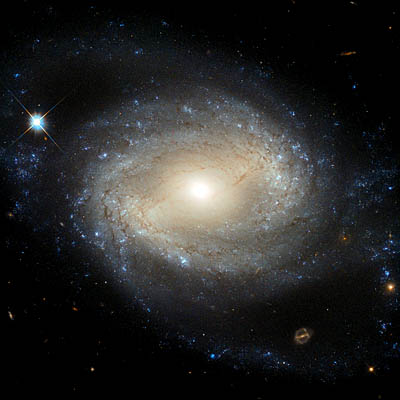
© ESA/Hubble / CC BY 4.0



